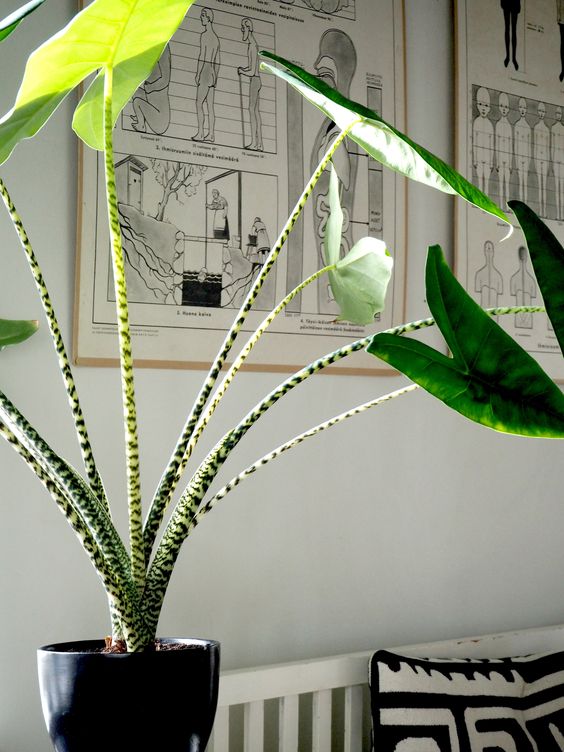
Alocasia Zebrina La planta cebra Viveros La Juliana
To keep your Alocasia Zebrina happy, it is best to maintain a temperature that lies within the range of 18ºC (65ºF) and 28 (82ºF). Also, avoid abrupt temperature changes and keep your plant clear of heaters, air conditioners, and any drafts. This tends to dry the air, lowering the humidity levels surrounding your plant.
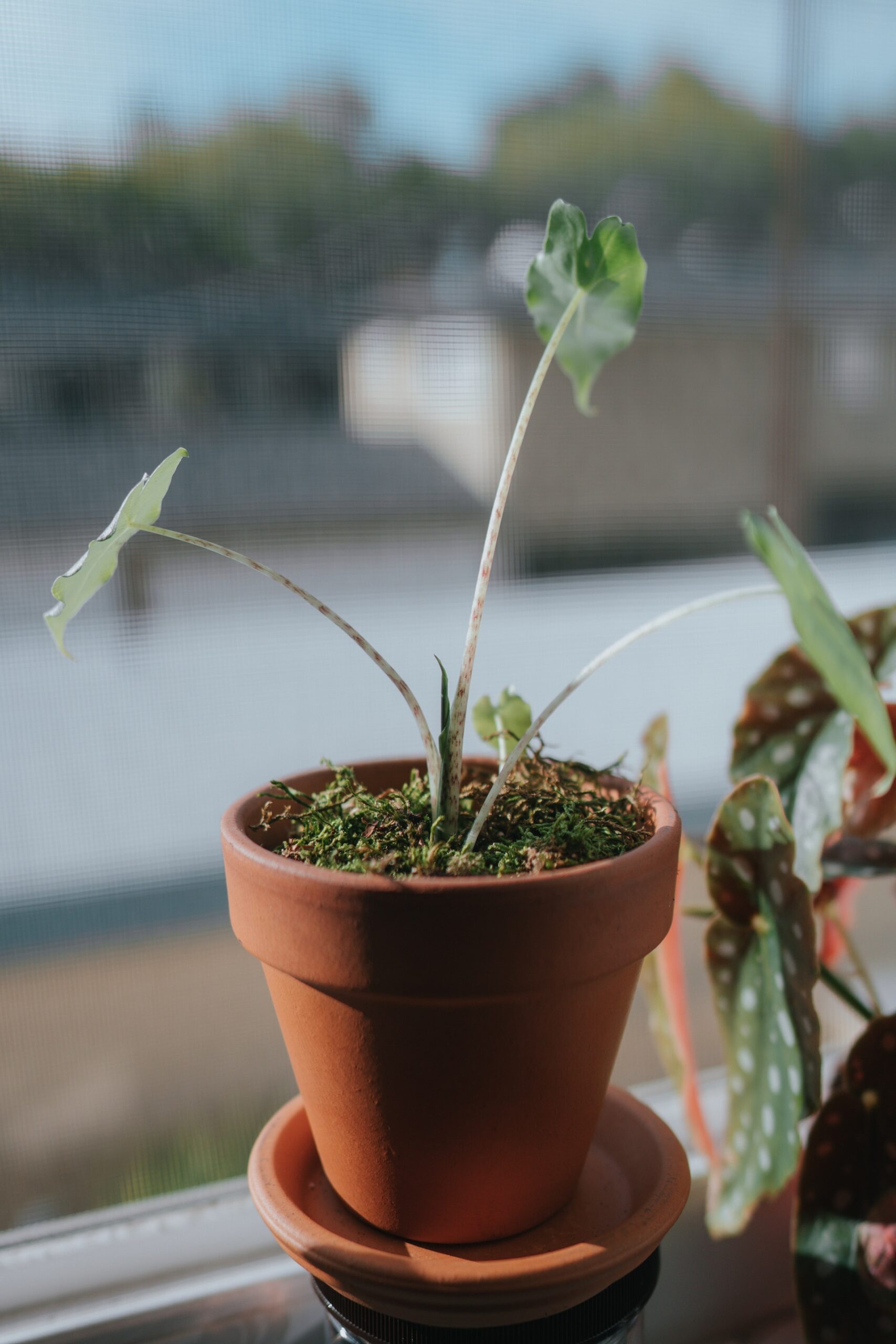
⊛ Alocasia Zebrina Cuidados y Problemas Comunes
The Alocasia Zebrina is a tropical plant, which means it needs a humid environment. If it gets too dry, it'll become vulnerable to pests. Luckily, there is a very simple way to keep this plant humid enough: mist it occasionally. It's best to do this at least once per week in the morning.
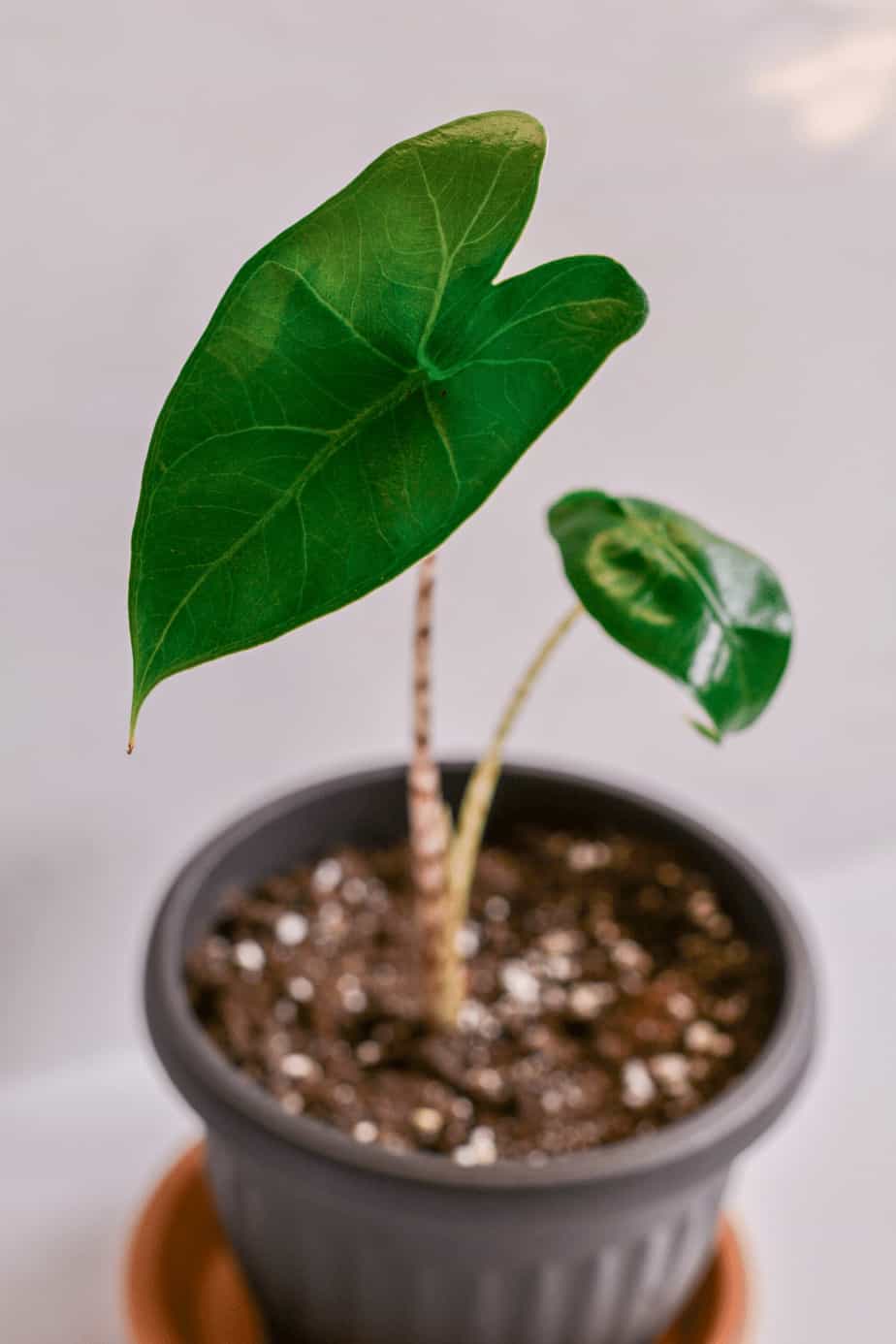
Alocasia Zebrina Care 1 Best Tips
To propagate your Alocasia zebrina by division: Gently remove any excess soil from the roots and ensure each intended division has a few roots of its own. Use a sharp, clean knife to make vertical cuts, dividing the roots. Plant them in the same soil (or even pot) as the mother plant.
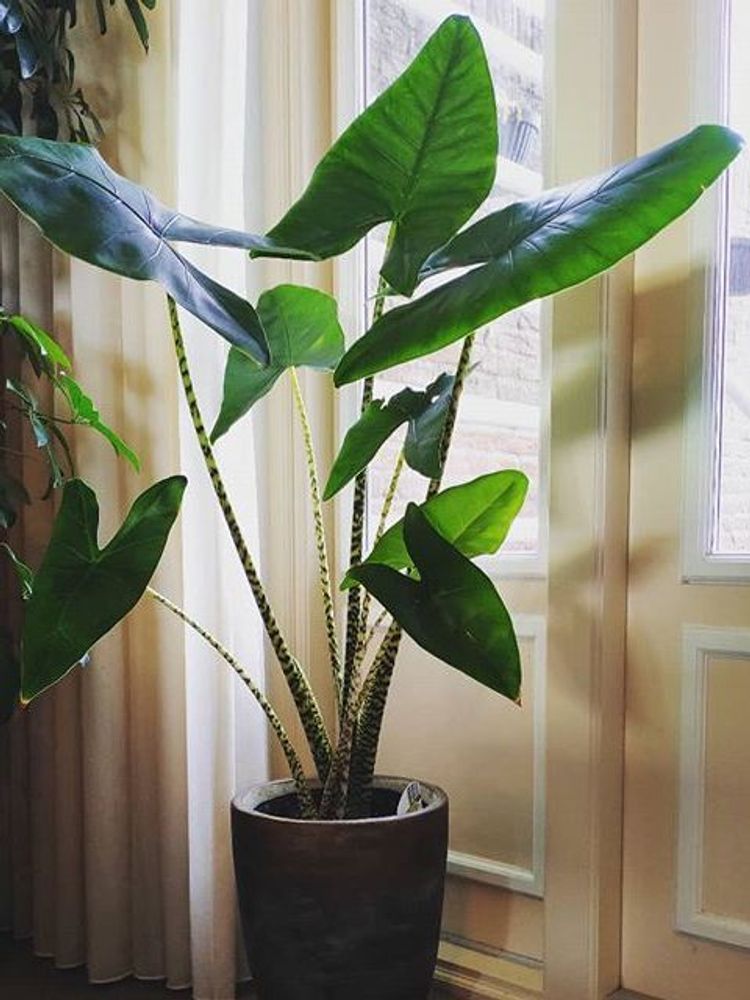
Alocasia Zebrina care, images and videos ChooseYourPlant
Alocasia zebrina varieties. There are two hybrids and two cultivars of Alocasia zebrina that you may find in specialized plant stores and online. These are: Alocasia 'Sarian': This hybrid is a cross between Alocasia zebrina and micholitziana. It sports the former's beautiful patterned stems, but also the latter's showy leaves, with wavy.

Alocasia Zebrina Entretien
Alocasia Zebrina is a member of the Araceae family. It belongs to the Alocasia genus. The houseplant is commonly called the Zebra plant. You might also hear it by other names, like tiger taro or gabing tigre. It originates from the tropical rainforests of the Philippines.
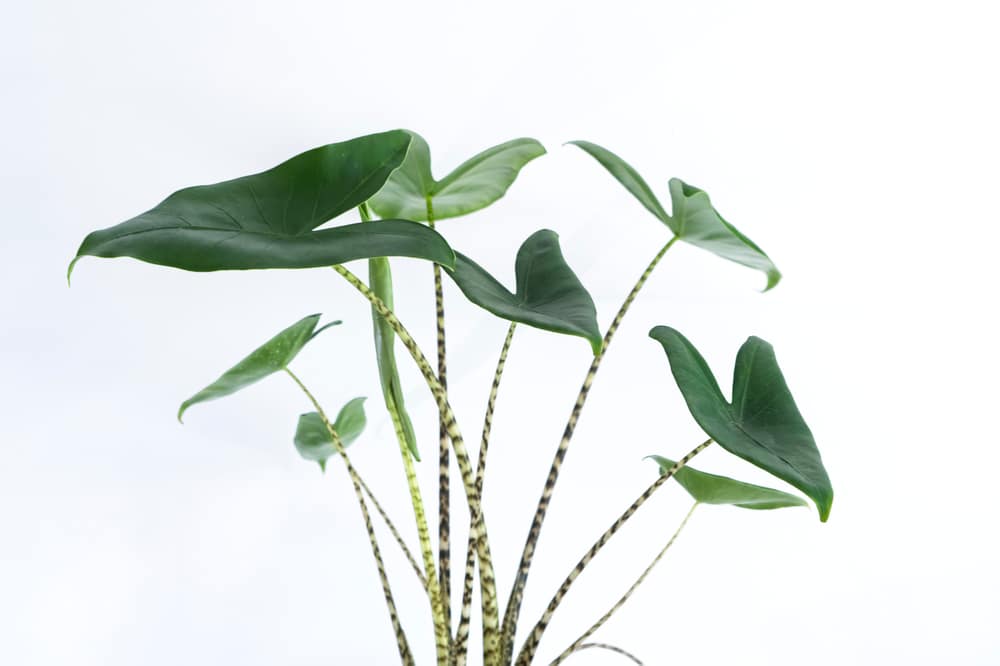
Alocasia Zebrina Care The Complete Guide Just Houseplants
To repot Alocasia zebrina, gently uproot the plant from its old pot to avoid root damage. Shake off the soil on the plant and soak it in water for 24 hours to do away with the shock that houseplants often go through when they are transplanted. Now, place it in the slightly larger, new pot that you prepared for it.

Cómo cuidar la Alocasia Zebrina Guía completa de cuidados
Careful, Consistent Watering Alocasia Zebrina likes soil moisture, but they are easy to overwater and susceptible to root rot. Because the striped stems hold a lot of moisture, they don't need a lot of water each session. The Alocasia zebrina isn't a drought-tolerant plant, however: its leaves turn brown and crispy in dry conditions.
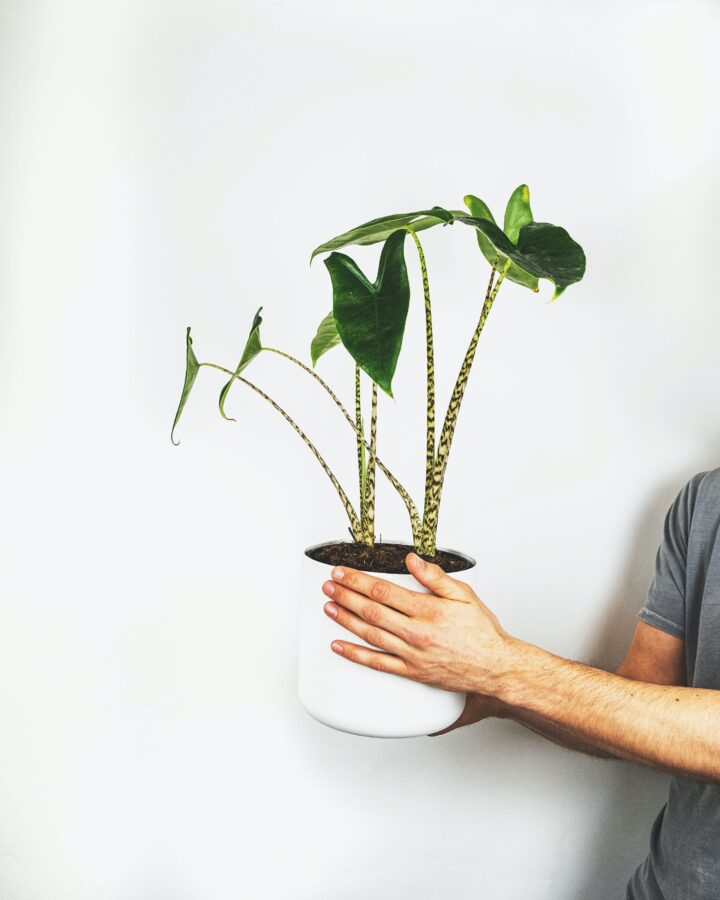
⊛ Alocasia Zebrina Cuidados y Problemas Comunes
Taking root cuttings from Alocasia. Remove the plant from its pot and use sharp scissors to cut pieces of thick, fleshy root around 10cm long. 2. Lay the root cuttings on compost. Laying Alocasia root cuttings on compost. Mix peat-free compost with perlite (around a ratio of 70:30) and firm it into a tray.
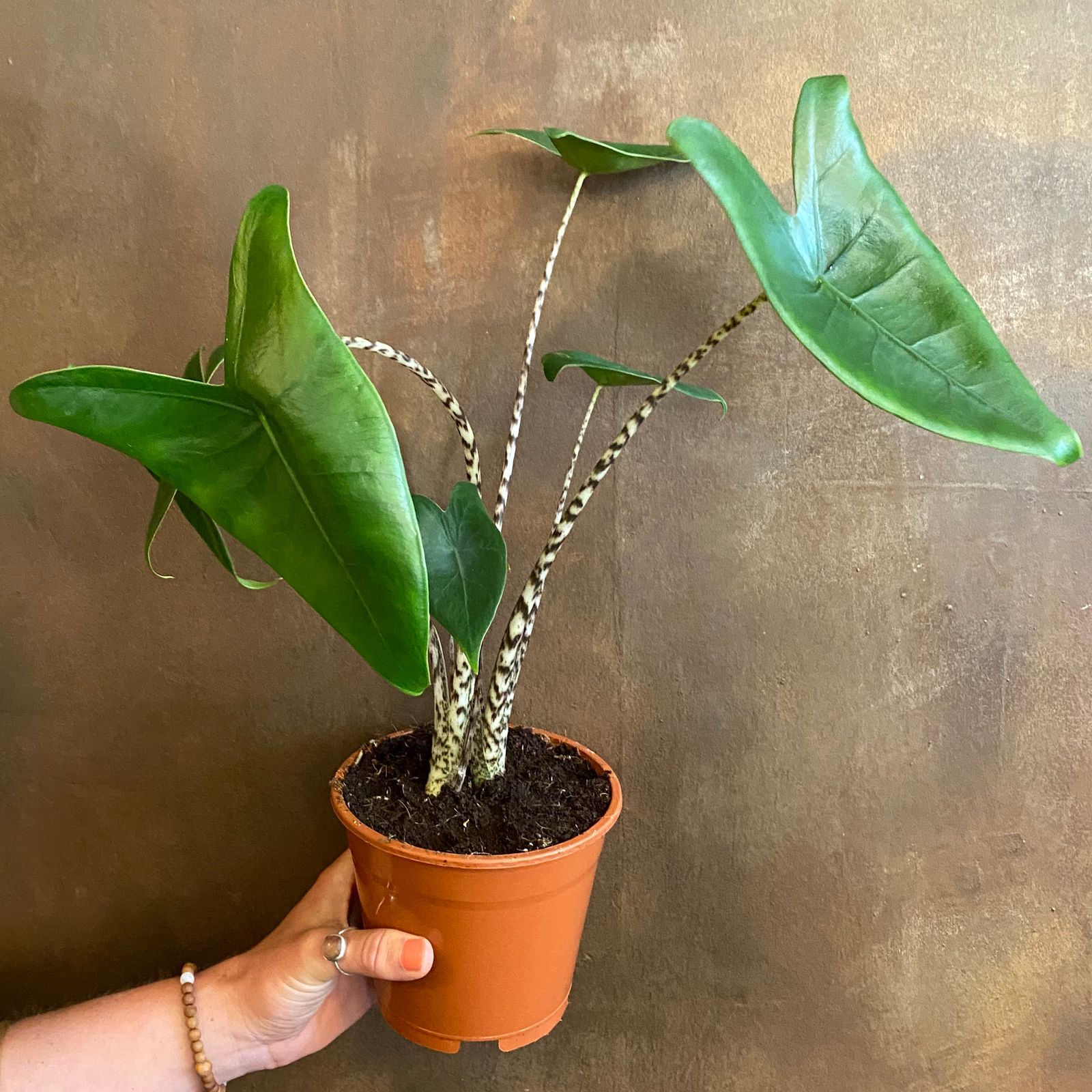
Alocasia zebrina grow urban.
The Alocasia Zebrina is a beautiful plant, but it's not very easy to take care of. In this guide, we'll go over the basics: Light requirements, watering needs, fertilizer, soil, and more. All these tips are written to make it easier for you to take care of your Alocasia Zebrina, even if you're a beginner. 2.
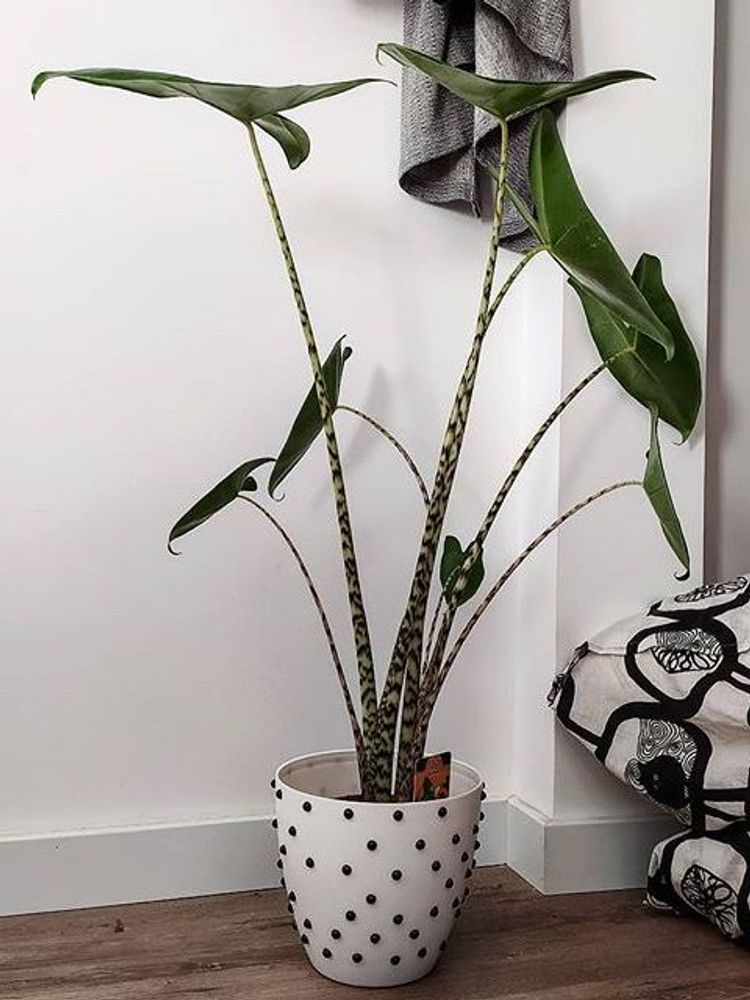
Alocasia Zebrina care, images and videos ChooseYourPlant
Alocasia zebrina quickly grows up to 3 ft. (1 m) tall when growing in the right conditions. This tropical plant is also a flowering species of plant. Alocasia zebrina produces flowers that look like calla lilies or peace lilies. However, Alocasia zebrina is kept for its stunning zebra-patterned stems and arrow leaves, not its flowers.

Cuidados de la Alocasia Zebrina » Huerto en casa
Alocasia Zebrina is a popular houseplant that is known for its striking foliage. This plant is native to Southeast Asia and belongs to the Araceae family. It is a tropical plant that can grow up to 3 feet tall and 2 feet wide. Unlike its Alocasia genus relatives, the Alocasia Zebrina is not prized for its foliage; its unique zebra-like stems.

Alocasia zebrina, alocasia, urbanjungle, plantas exótica
Alocasia Zebrina es una planta para propietarios de plantas más avanzados y puede ser difícil de cuidar. Las Alocasia zebrinas pueden crecer bastante deprisa en primavera y verano. Si tu la tienes, puede que necesites trasplantarla a una maceta más grande.

Cuidados de la alocasia zebrina o planta cebra Blog Verdecora
Alocasia Zebrina, also known as the Zebra Plant or Elephant Ear, is a stunning plant native to the rainforests of Southeast Asia. It belongs to the Alocasia genus, which includes various species known for their large, decorative leaves. Alocasia Zebrina stands out with its elongated, arrow-shaped leaves that have distinct green veins and silver.
:max_bytes(150000):strip_icc()/alocasia-zebrina-hero-eb88de064d1a451b82b8caeee6167422.jpg)
How to Grow and Care for Alocasia Zebrina
1. Luz, fundamental en los cuidados de la alocasia zebrina 2. Temperatura tropical, otro de los cuidados de la alocasia zebrina a vigilar 3. Riego abundante, clave para su desarrollo 4. Humedad ambiental, otra de sus exigencias 5. Abonado, adecuado a cada época del año 6. Trasplante, siempre en primavera 7.

How to care for an Alocasia Zebrina Plant care for Beginners
Alocasia Zebrina Propagation. The best ways of propagating Alocasia Zebrina are by simply dividing and repotting the plant or by digging up and replanting the corms. Alocasia Zebrina Propagation by Division. If you have an Alocasia growing multiple stems, you can separate them into sections and repot each section.
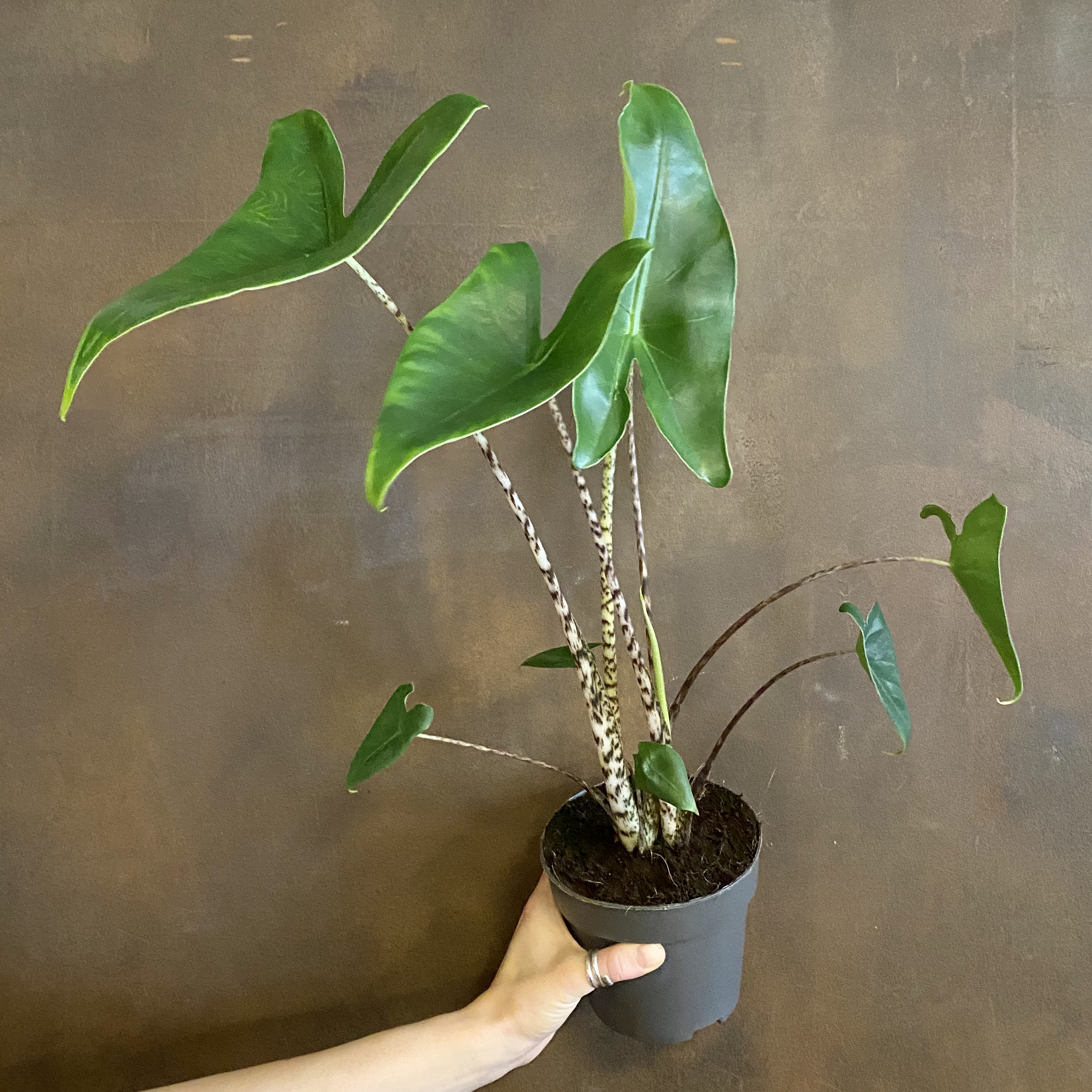
Alocasia zebrina (14cm pot) grow urban.
La Alocasia Zebrina es una planta de interior muy popular por sus hojas verdes con rayas blanquecinas en los bordes. Para cuidarla adecuadamente, es importante seguir los siguientes consejos: - Luz: Coloca tu Alocasia Zebrina en un lugar luminoso, pero evita la exposición directa al sol. También tolera lugares con luz indirecta.